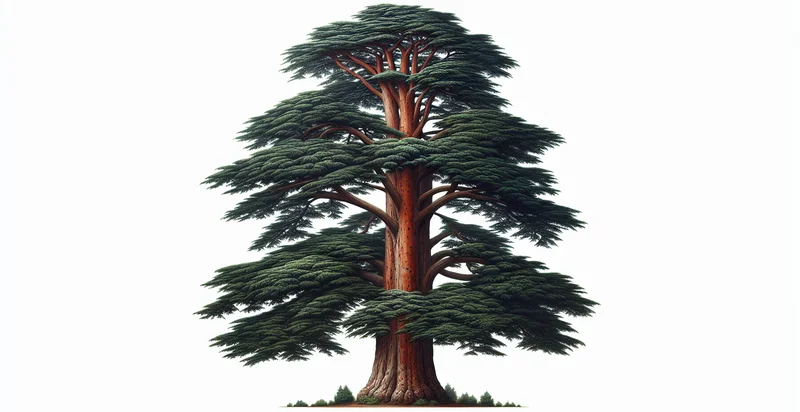Identify cedar species
using AI
Below is a free classifier to identify cedar species. Just upload your image, and our AI will predict which species of cedar tree it is - in just seconds.

Contact us for API access
Or, use Nyckel to build highly-accurate custom classifiers in just minutes. No PhD required.
Get started
import nyckel
credentials = nyckel.Credentials("YOUR_CLIENT_ID", "YOUR_CLIENT_SECRET")
nyckel.invoke("cedar-species", "your_image_url", credentials)
fetch('https://www.nyckel.com/v1/functions/cedar-species/invoke', {
method: 'POST',
headers: {
'Authorization': 'Bearer ' + 'YOUR_BEARER_TOKEN',
'Content-Type': 'application/json',
},
body: JSON.stringify(
{"data": "your_image_url"}
)
})
.then(response => response.json())
.then(data => console.log(data));
curl -X POST \
-H "Content-Type: application/json" \
-H "Authorization: Bearer YOUR_BEARER_TOKEN" \
-d '{"data": "your_image_url"}' \
https://www.nyckel.com/v1/functions/cedar-species/invoke
How this classifier works
To start, upload your image. Our AI tool will then predict which species of cedar tree it is.
This pretrained image model uses a Nyckel-created dataset and has 20 labels, including Alaskan Cedar, Atlantic White Cedar, Atlas Cedar, Australian Cedar, Caribbean Cedar, Cedar Of Lebanon, Cedar Pine, Deodar Cedar, Eastern Red Cedar and Himalayan Bluish Cedar.
We'll also show a confidence score (the higher the number, the more confident the AI model is around which species of cedar tree it is).
Whether you're just curious or building cedar species detection into your application, we hope our classifier proves helpful.
Related Classifiers
Need to identify cedar species at scale?
Get API or Zapier access to this classifier for free. It's perfect for:
- Forest Management: The cedar species identifier can assist forest managers in accurately assessing tree populations within their management areas. By identifying different cedar species, they can develop targeted conservation strategies, promote biodiversity, and manage resources effectively.
- Environmental Research: Researchers studying forest ecosystems can utilize the identifier to classify cedar species in their study areas. This helps in understanding species distribution, ecological interactions, and the impact of climate change on various cedar populations.
- Landscaping and Urban Planning: Landscape architects and urban planners can leverage the cedar species identifier to select appropriate cedar trees for projects. By ensuring the right species are chosen, they can enhance the aesthetic value, ensure ecological compatibility, and promote sustainable urban greenery.
- Wood Products Industry: Businesses in the wood products industry can use this tool to identify cedar species in their supply chains. Accurate identification ensures compliance with legal regulations, aids in product quality assessment, and helps in marketing unique wood characteristics associated with different species.
- Conservation Efforts: Non-profit organizations focused on forestry conservation can employ the cedar species identifier to support habitat restoration initiatives. Identifying specific cedar species aids in planning reforestation projects and informs stakeholders about the ecological significance of preserving diverse cedar populations.
- Educational Programs: Educational institutions can integrate the cedar species identifier into their forestry and environmental science curricula. This provides students with hands-on experience in species identification, fostering a deeper understanding of ecological systems and conservation challenges.
- Agricultural Sector: The agriculture sector can use the identifier to differentiate between commercial cedar varieties. Farmers can maximize their yields and profitability by accurately identifying species suitable for timber production or specialty products, catering to specific market demands.


